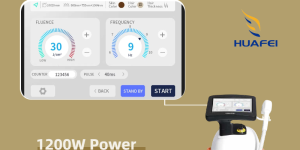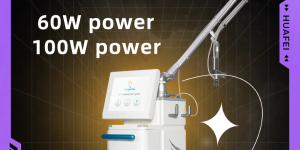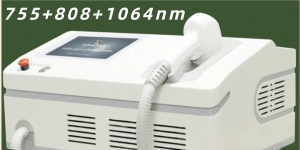How Does Laser Tattoo Removal Work?
Laser tattoo removal works by passing pulses of intense light over the tattoo’s surface. The laser targets the pigment in the ink, breaking it up into small particles. The body’s immune system removes the particles, making the tattoo fade. This procedure may take several sessions, each of which should leave the tattoo lighter than before. Most patients do not require anesthesia during the treatment. Some may need a topical anesthetic cream or bandage before the treatment. After the treatment, patients should avoid sun exposure and take short, cool showers.
The procedure may result in an open wound, so patients should be prepared for the possible risk of infection. The area will be covered with bandage for a week after the procedure and should be cleaned daily with an antibacterial ointment. This will minimize the risk of infection and speed the healing process. Patients may also receive a numbing injection or apply a numbing cream to the skin to make it more comfortable.
Depending on the location and type of tattoo, the procedure may result in minor pain and discomfort. However, some skin types may not be good candidates for laser tattoo removal. Darker skin may not respond as well to the procedure, and certain colors of ink cannot be targeted by lasers. However, black ink is generally safe for all skin types.
Some patients seek laser tattoo removal to lighten the pigment, preparing them for a cover-up tattoo. Others seek it to remove a portion of their tattoo, or to fix a mistake in the design. In some cases, the procedure may be required more than one session. However, this method is considered a safe and effective option for many patients.
The most common type of laser used for laser tattoo removal is a Q-switched laser. This type of laser sends energy to the skin in one intense pulse. This heat breaks up the ink, making it disappear. Newer tattoos generally require fewer sessions, while older tattoos may need several. People with darker skin may want to consider the Nd-YAG laser for removal. This type of laser is less likely to change the color of the skin than the Q-switched laser.
Laser tattoo removal works by breaking up large particles of ink. These particles are then carried away by the immune system through the liver. A person should expect to see results after three sessions. The ink particles will appear lighter each week. However, the speed of the process will depend on the overall health of the immune system.
The process of laser tattoo removal can take up to seven or ten sessions, requiring six to eight weeks between each session. Patients must be in good physical condition, and should have realistic expectations for the outcome. Depending on the size and color of the tattoo, the results may not be visible after the first session.









